Home insulation is one of the wisest investments a homeowner can make. Because of the reduced energy requirements, the upfront insulation cost will be fully paid off over the life of the insulation. Knowing this, you might wonder how much it costs to insulate a 3,000 square foot house. Well, in this post, we gathered up-to-date information and industry professional knowledge to answer your question thoroughly.
The cost of insulating a 3,000 square foot home varies considerably based on a wide range of factors. However, you can generally expect to pay between $5,000 and $15,000, or between $1.65 to $5 per square foot, for this project.
Factors that influence the cost of insulation include the following:
- Home construction
- Type of insulation installed
- Age of home
- DIY or professional labor
- Local labor and material costs
Keep reading the rest of this post for more details on the price of insulating a 3,000 square foot home. We cover the considerations associated with each of the above bullet points. To conclude, we answer several questions related to the topic of this post.
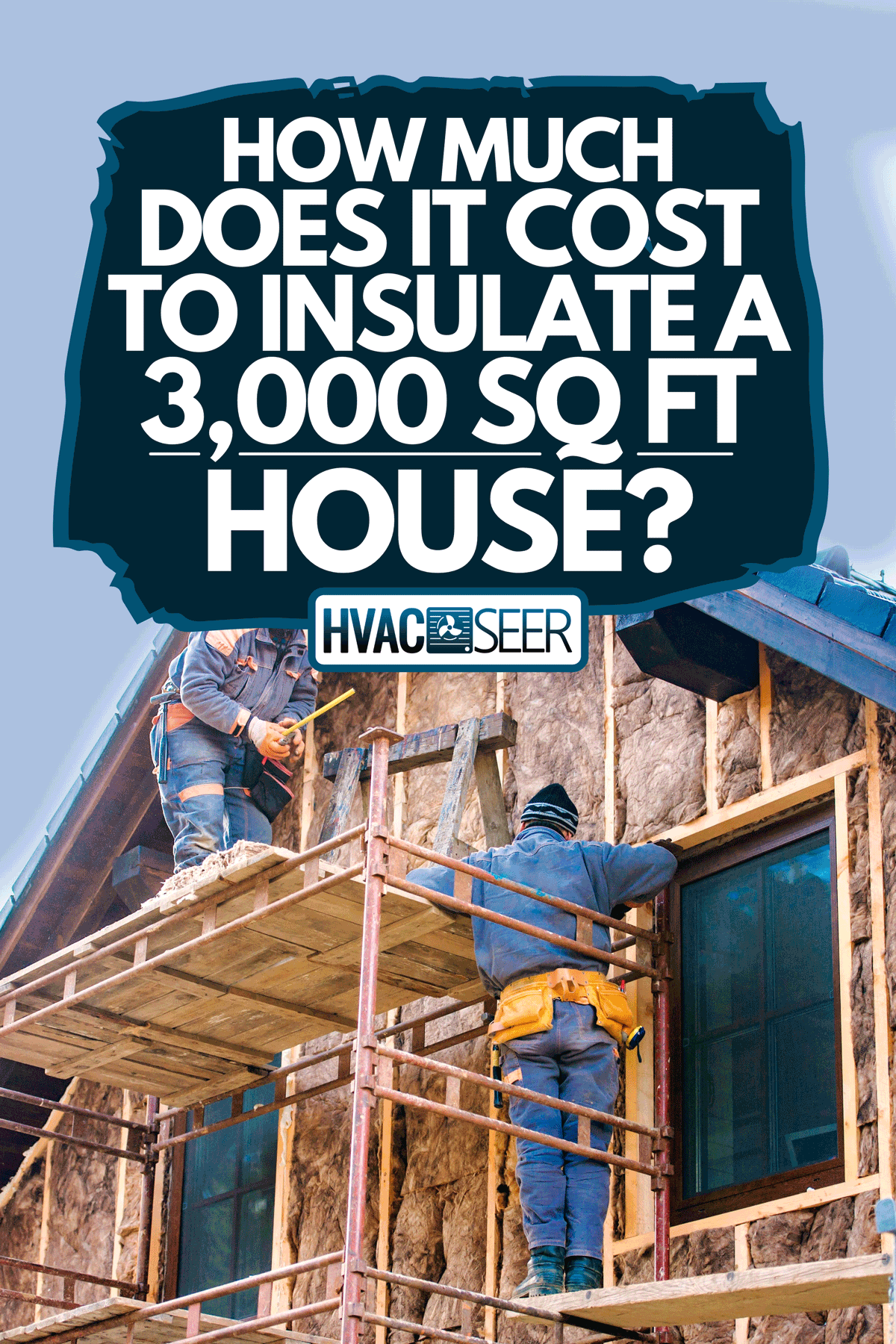
Cost of Insulation
In the following subsections, we cover the primary factors that influence the cost of insulation. This section is not exhaustive but will teach you what to consider when choosing how much to spend, insulating your home, and whether to do the project yourself or hire a professional.
Overall, the information in this section will explain the wide cost range for insulating a 3,000 square foot house as stated above. Usually, doing the work yourself will save money - but be careful because this is technical work that often requires specialized tools and personal protective equipment.
Home Construction
Perhaps the most important single factor when it comes to the cost of insulating your home is your home's construction. Type of walls, type of ceiling, type of floor, and the construction in these home elements change the cost of installed insulation.
Type of Ceiling
For instance, if you have a wide-open, easily accessible attic, it is relatively straightforward for an insulator to dump or blow loose insulation into that space. On the other hand, if you have a vaulted ceiling construction, it is necessary to drill holes into already constructed elements to blow the cavity with insulation.
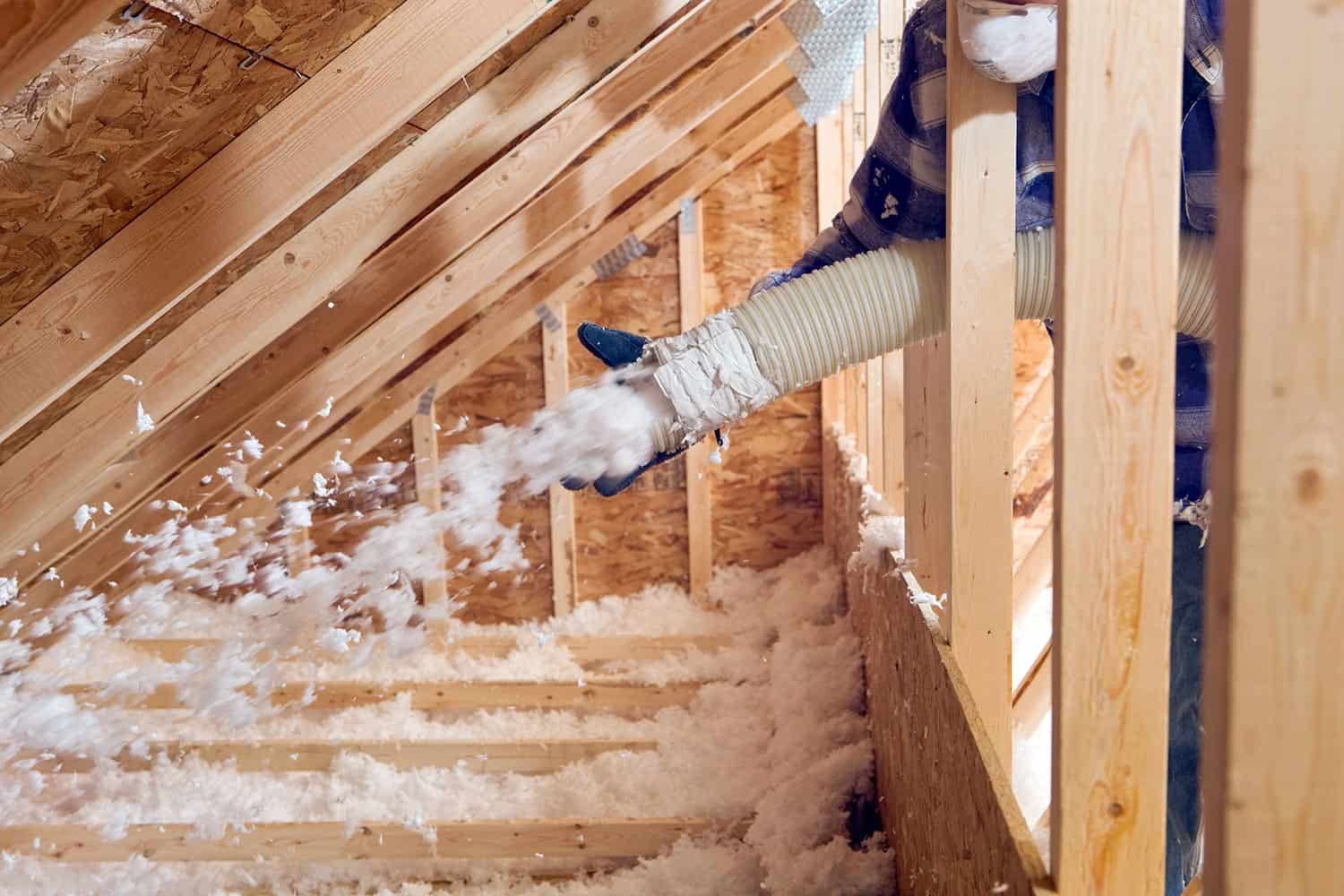
When necessary to drill and fill a space, expect to pay double per square foot for that surface. Further, to perform this work yourself, you will need to rent an insulation blower and have the money to identify all cavity parts to ensure a well-insulated surface correctly.
Type of Floor
There are a wide variety of flooring types possible. These include slab-on-grade, basement, tight crawl, and spacious crawl. First of all, slab-on-grade construction will save you money on insulation because this surface is not possible to insulate.
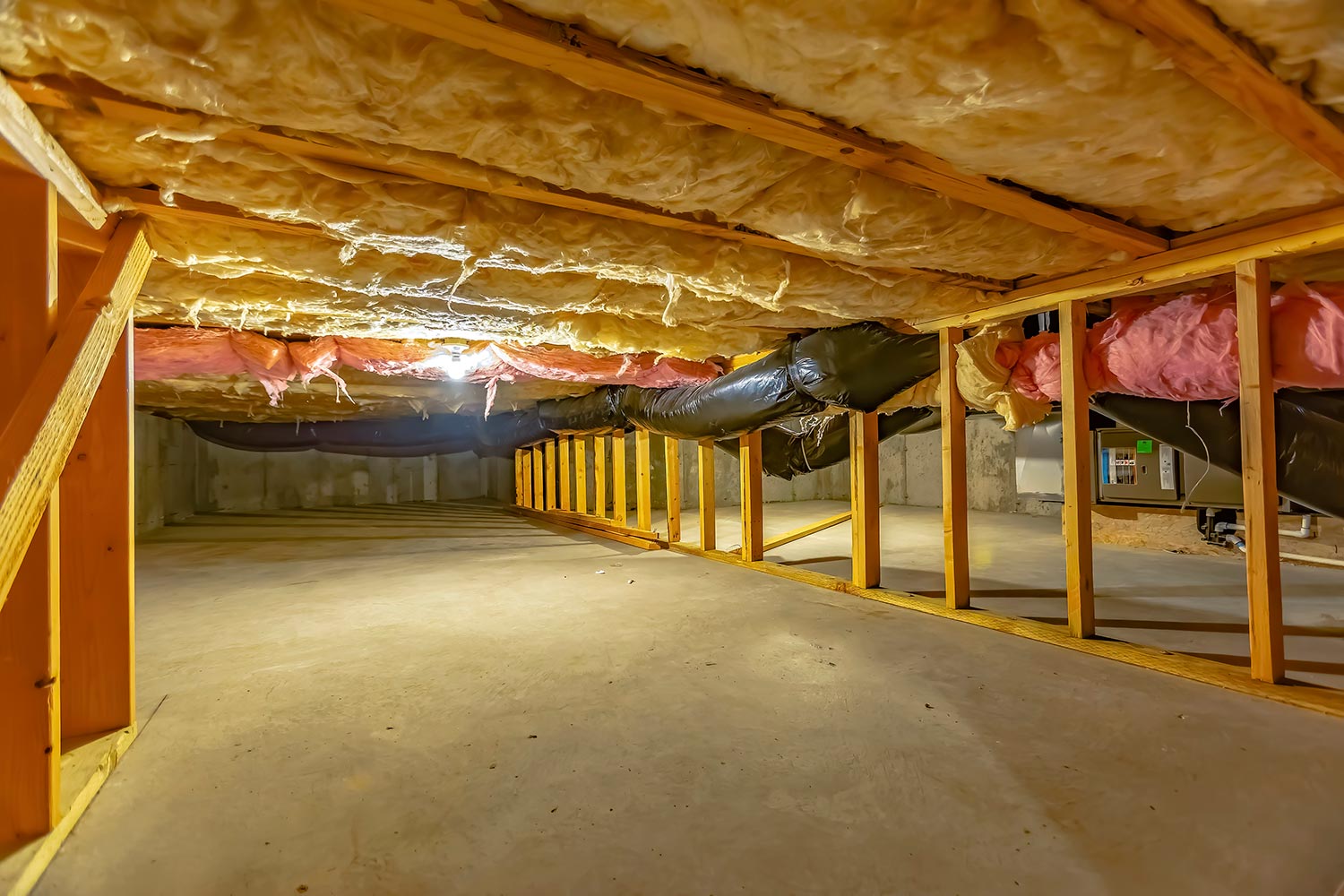
The rest of the surfaces vary in price mainly based on how difficult underfloor access is. For example, insulating a basement ceiling is easy because of the tall ceilings and ease of access. But on the other hand, to insulate a basement ceiling, you might need to also cover fiberglass batts with Tyvek to avoid any human contact.
Insulating a spacious crawl is relatively easy and mostly requires purchasing the correct batts for your joist bays. While insulating a tight crawl will take much more labor, even some digging, and therefore costs more. No matter the crawl or basement size, be sure to insulate all sub-insulation water pipes to avoid wintertime freezing.
Wall Construction
Generally, walls are the most difficult to insulate as a remodel because there is cladding on both the inside and outside. Like with a vaulted ceiling, the only choice is to blow the space between the studs.
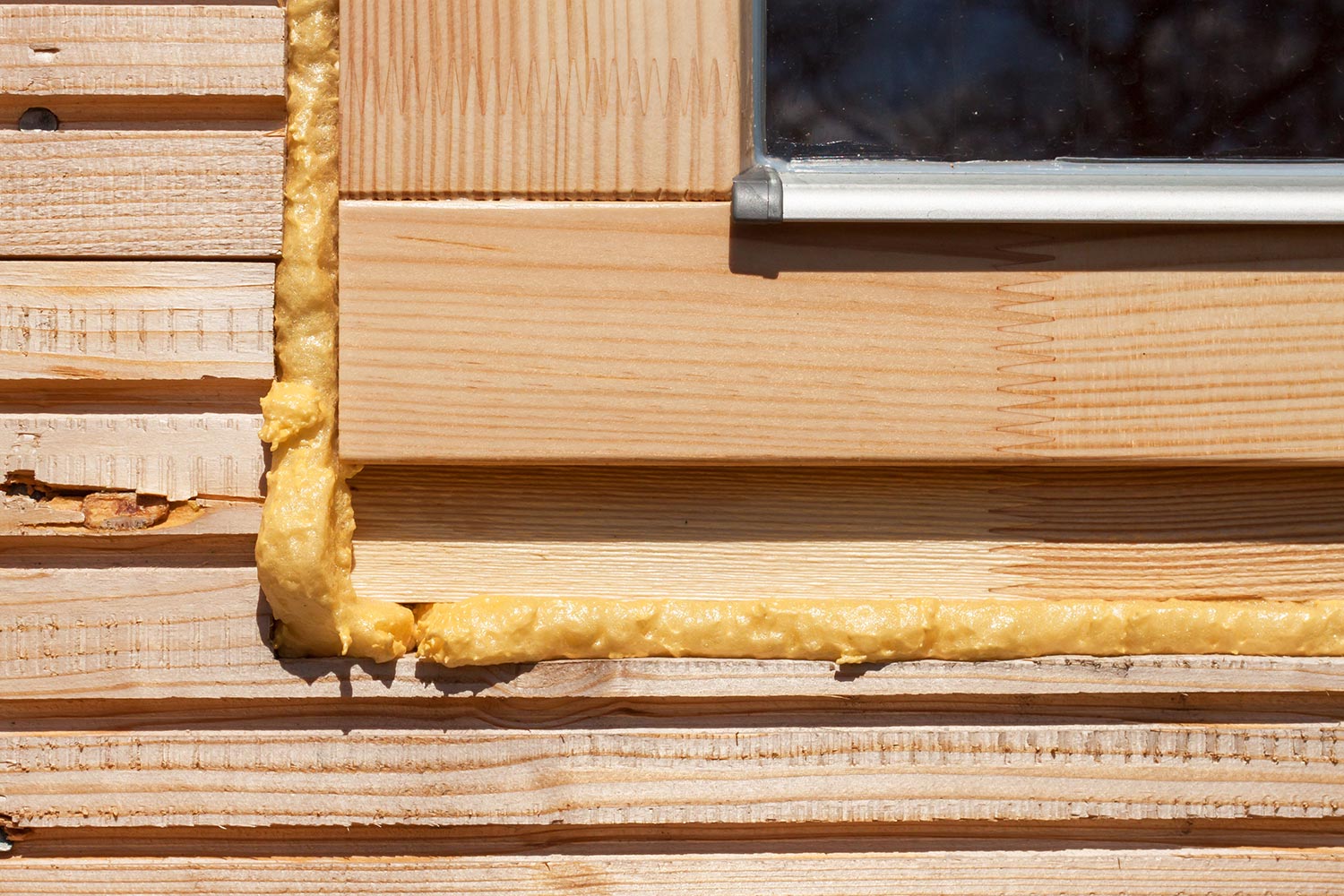
Usually, holes are drilled on the outside of the home. To make the finished product look nicer, it is possible to remove some siding and then replace it once the work is done.
Thicker walls are more expensive to insulate than thinner walls, and the type of siding will determine the final look and influence the amount of required labor.
Type of Insulation Installed
The main insulations installed in modern homes are fiberglass batts, blown fiberglass, blown cellulose, spray foam, and foam board. Generally, the costs for these types of insulation are outlined below.
Fiberglass Batts
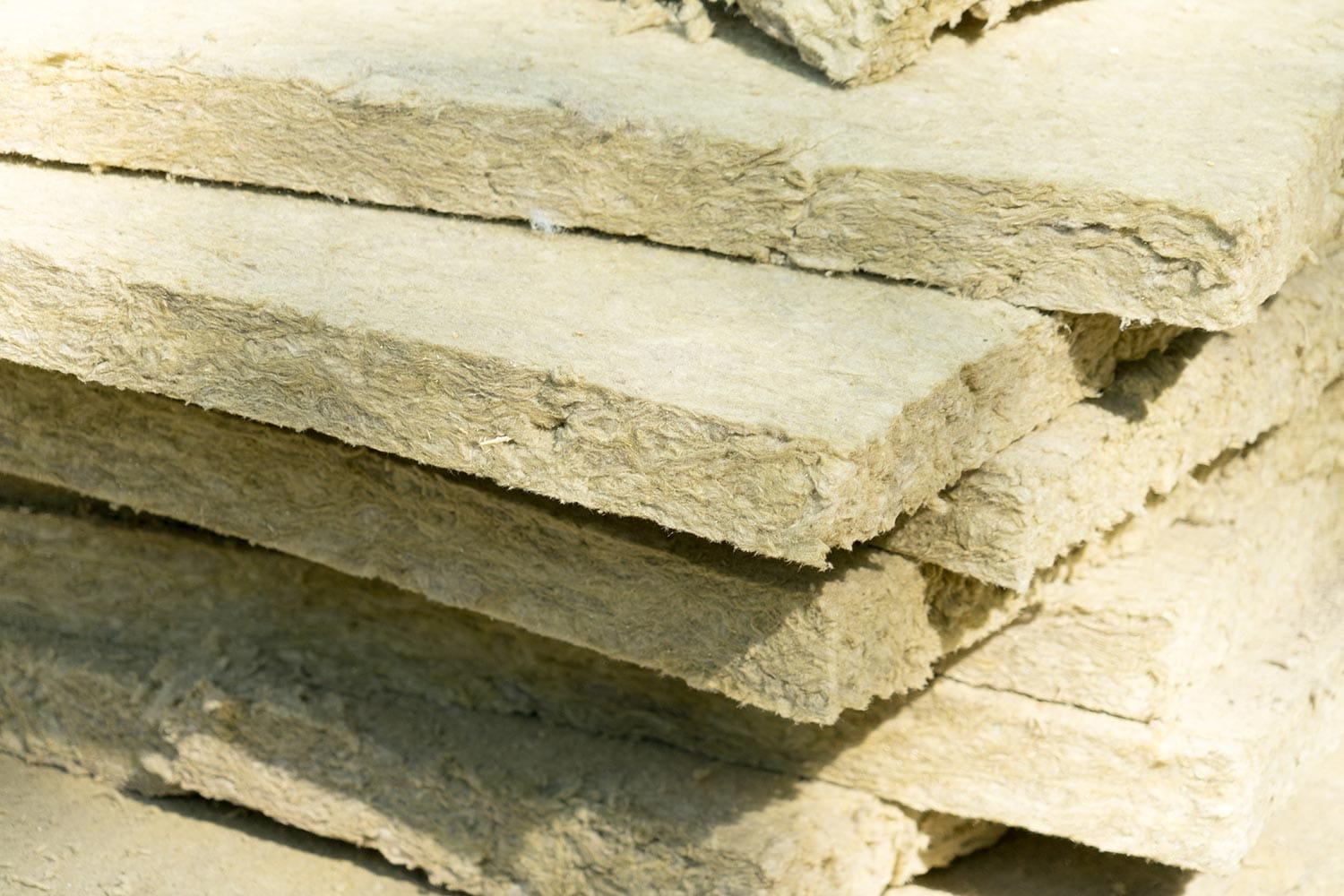
Fiberglass batts are some of the cheapest and easiest to install insulation materials. They are commonly installed in open wall cavities and in between floor joists. Installed, they cost about $0.60 to $1.10 per square foot.
Blown Fiberglass
Installed, loose-fill or blown fiberglass costs $0.60 to $1.50 per square foot. The advantage of blown fiberglass is it retains some of its insulative properties when wet and is a little cheaper than blown cellulose. Blown insulations work best for cavities and attic floors.
Blown Cellulose
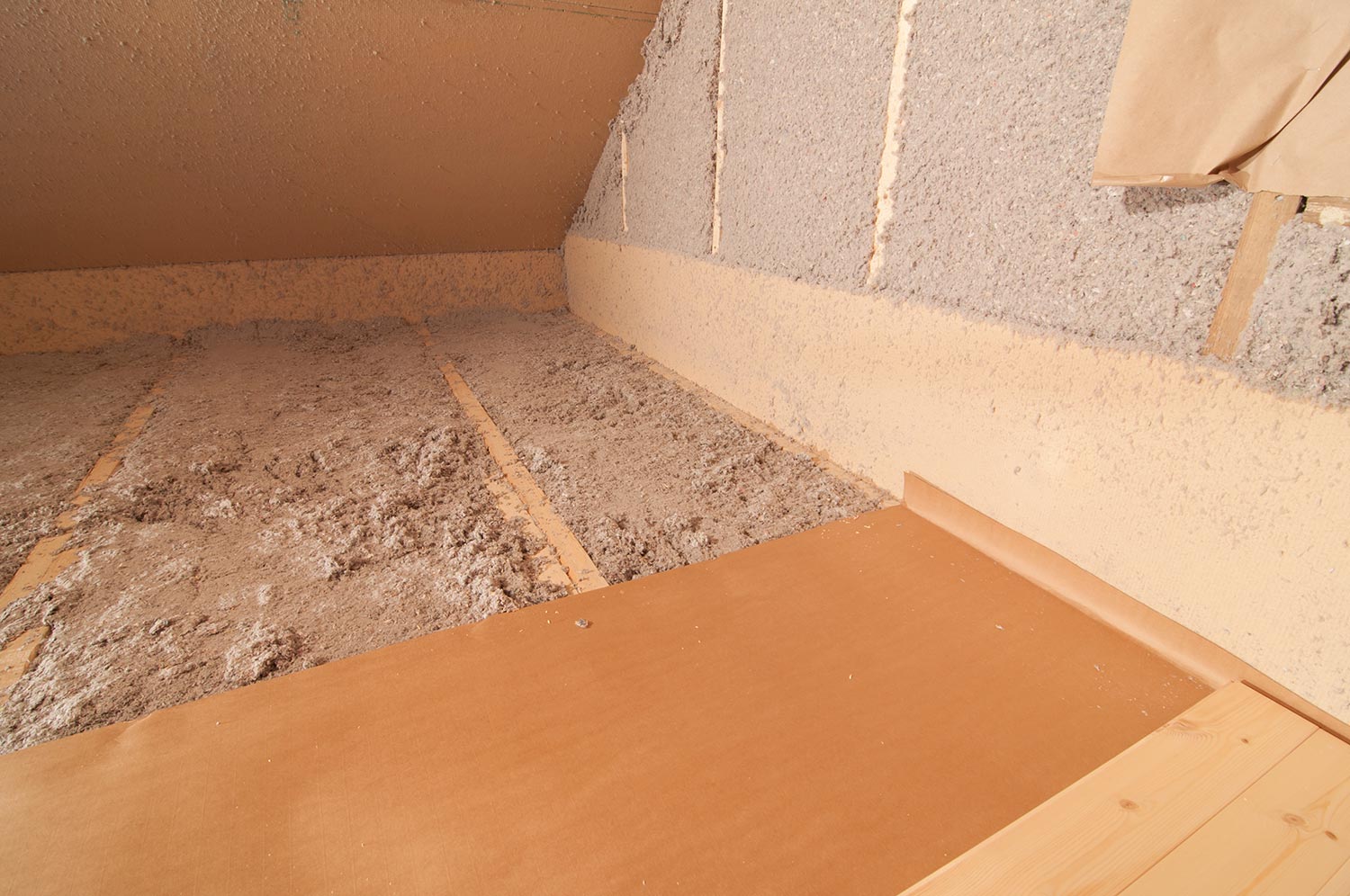
Blown cellulose is more expensive than blown fiberglass but provides more insulation per inch of thickness. Expect to pay between $0.80 and $2 per square foot for installed cellulose insulation. This product has the same application as blown fiberglass.
Spray Foam
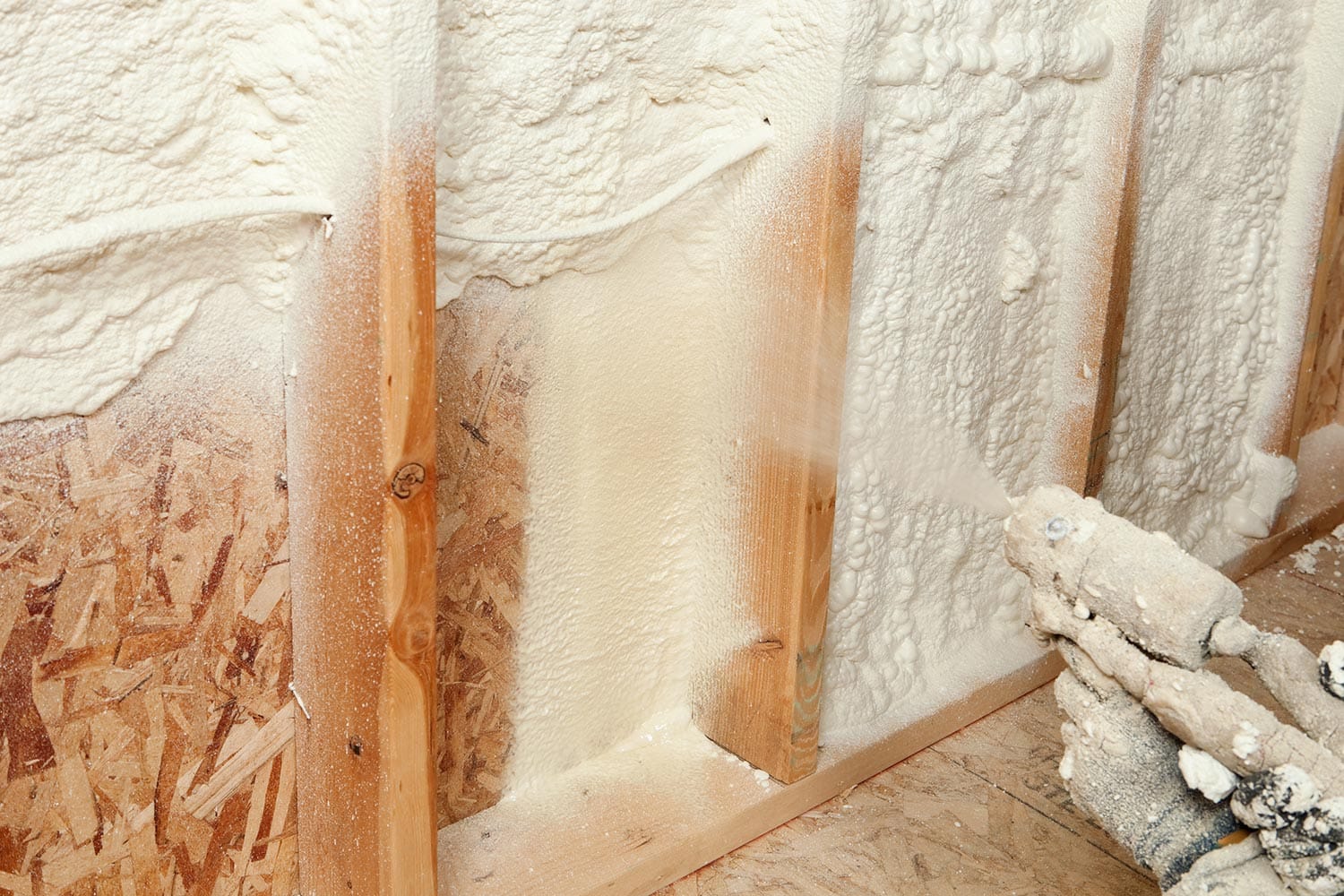
Depending on the surface or home element, spray foam can run between $0.50 and $5 per square foot installed. This material works for all home surfaces. Spray foam does boast a high R-value but comes with that higher cost. Spray foam is more challenging to work with and requires specialized tools to apply.
Foam Board
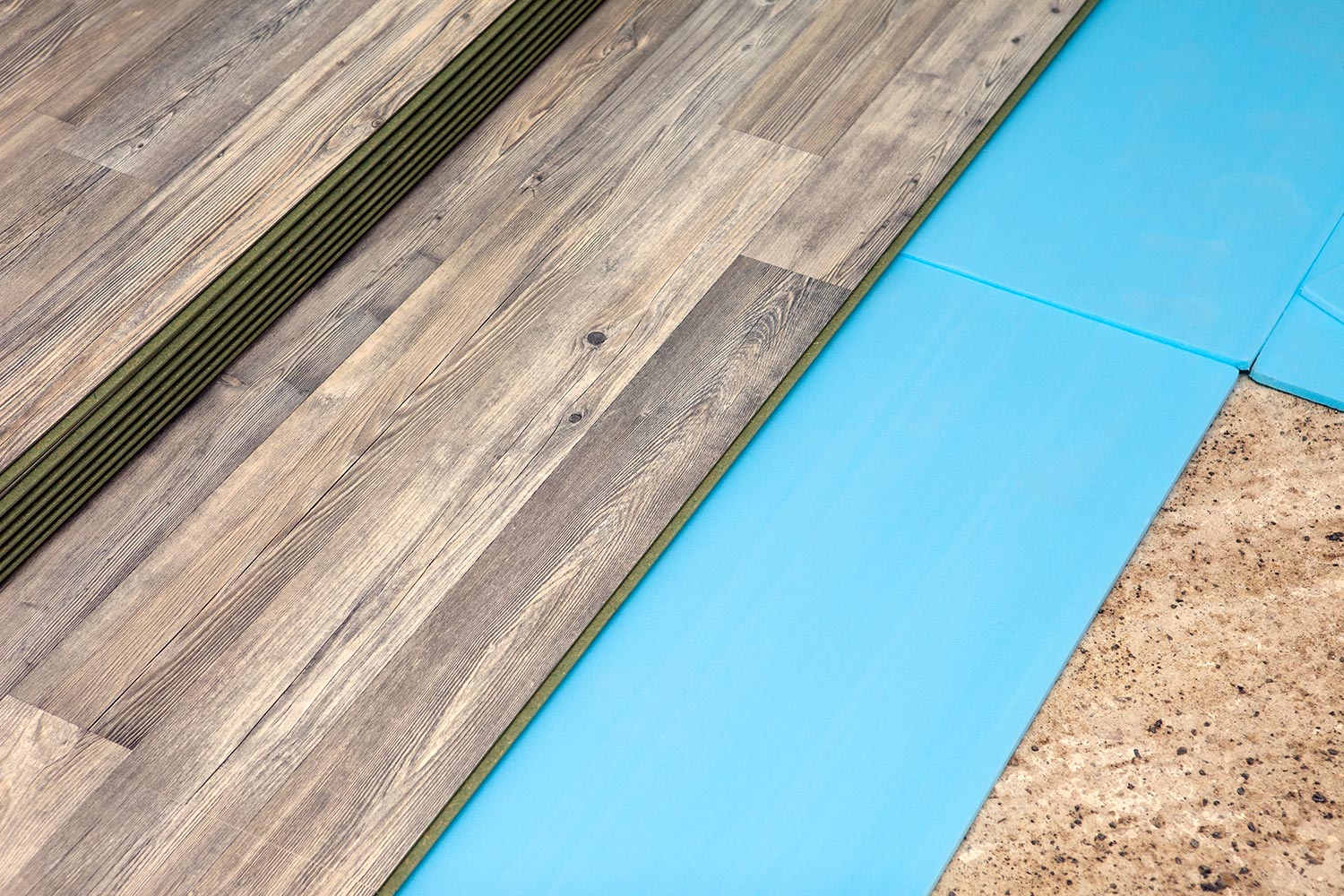
Generally, foam board costs about $1 per square foot. However, this material is only applicable for certain places. Further, it isn't easy to install compared to the other insulation products listed here. Foam board works great for small air bypasses or other locations where the rigidity adds value.
Age of Home
First of all, a home still under construction will cost significantly less to insulate than insulating as a remodel. Expect to pay much closer, or even less, than $5,000 to insulate the entire home for new construction. This is because the insulation can be installed at the point of building that requires the least effort.
For remodel insulation, the price rises significantly because of the difficulty of working with a lived-in house and hard-to-access spaces.
Further, the older a home is, the more expensive you can expect the insulation process. This is because of the inconsistent construction techniques employed in older homes and the inevitable hiccups this causes.
For instance, old homes are much more likely to have a tight crawlspace, inconsistent joist bays, and difficult to insulate spaces such as knee walls and dropped ceilings.
DIY or Professional Labor
If you do all the labor of insulating your home yourself, the entire cost will be approximately cut in half. The downside of this choice is that you will have to spend a lot of time learning how to insulate your home's different surfaces.
You will probably produce a less insulative final product than if you hired a professional to do the work. Professionals will ensure that the air and insulation barrier match throughout your home and that the insulation process will not lead to unwanted freezing and condensation.
Local Labor and Material Costs
Finally, local labor and material costs vary significantly from place to place. This factor means that to get an accurate idea of the cost of insulating your 3,000 square foot home, you need to check local prices.
This might involve making an insulation plan and multiplying square foot prices by square foot needed. Or, if you plan on using a professional company, reach out to some options to get a free bid on the project.
Where is the most heat lost from a house?
Most heat is lost through uninsulated ceilings, walls, and floors. Since heat rises, the ceiling is the number one culprit. Following these surfaces, a significant amount of heat is lost through passive air leaks and small holes through your home's construction.
How critical is Air Sealing?
Air sealing is the process of stopping air movement from inside to outside your home and is very important. For instance, no amount of insulation will keep your home warm if you leave the doors and windows open all winter.
While most air leaks are not that large, holes around plumbing penetrations, around old chimneys, under and around windows and doors significantly affect how warm your home is. Take the time to properly air seal your home. Be sure that all materials in contact with hot chimneys are rated for that application.
Is it more important to insulate the walls or the attic?
As a rule of thumb, the attic is the most important surface to insulate. However, the best choice is to insulate all surfaces of your home - the attic, the walls, and the floor.
How long does insulation last?
Most insulations last 100 years or more. However, if exposed to water, cellulose insulation will degrade and lose some of its insulative properties. Generally, insulation is expected to last longer than many other home elements.
Can I insulate over old insulation?
Yes, you can in most situations. For example, if you have minimal wall or ceiling insulation, there is no reason not to fill the space available with insulation or bring your attic up to R-49.
However, if you have poorly installed floor batts, it is usually better and easier to remove them before installing new ones.
In Closing
In this post, we answered how much it costs to insulate a 3,000 square foot house. We provide this in cost per square foot and total price. In the discussion, we consider the many factors that influence the total cost. To conclude, we answer several related questions. Good luck!
To learn more about the cost and strategies for home insulation, read the following article from HVAC Seer:
